March 19, 2025 | 12:25 GMT +7
March 19, 2025 | 12:25 GMT +7
Hotline: 0913.378.918
March 19, 2025 | 12:25 GMT +7
Hotline: 0913.378.918
The Nguyen Dong family, residents of Tan Phu hamlet, Dak Djrang commune, Mang Yang district, Gia Lai province, has been dedicated to cattle farming for over twenty years. They have consistently maintained a breeding herd within their farm. Unlike other households in the neighborhood, Mr. Dong chooses to rear newborn calves instead of selling them.
"In 2020, we had two large male cattle that traders offered 97 million Vietnamese dong for, but I decided against selling them for further rearing. By the end of 2023, when I finally decided to sell these cattle, their prices had dropped to only 57 million Vietnamese dong. As a result, I suffered significant losses, not to mention the years of care and effort put into raising them," Mr. Dong stated.
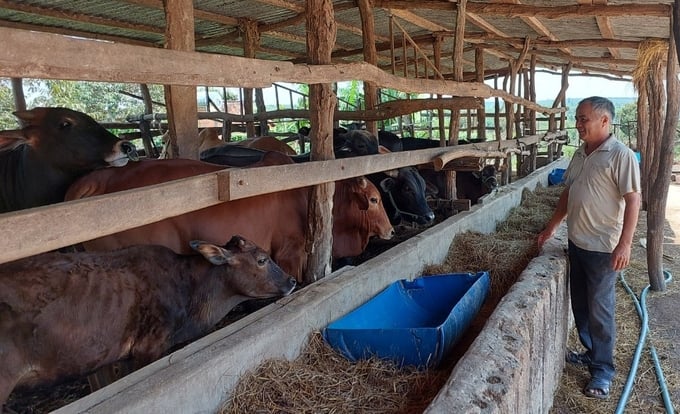
From a herd of 40 to 50 cattle, Mr. Le Van Diep chose to keep only 10 for rearing. Photo: DL.
Mr. Le Van Diep, a cattle farmer from Hrak village, Dak Djrang commune, is experienced in fattening cattle and supplying both local and out-of-province traders.
Prior to 2020, Mr. Diep's family invested in building facilities to develop their cattle farming activities. During this time, he maintained a herd of 40 to 60 cattle to provide breeding stock for local farmers and beef for slaughterhouses in Pleiku City and neighboring areas.
At the time, live-weight beef market prices were relatively high, fluctuating between 80,000 and 90,000 Vietnamese dong per kilogram, with the highest being 100,000 Vietnamese dong per kilogram. With low livestock feed prices, cattle farming was more profitable compared to other livestock farming acitivities.
By the end of 2021, live-weight beef market prices dropped to approximately 55,000 to 70,000 Vietnamese dong per kilogram, whereas livestock feed prices skyrocketed. Cattle farmers incurred losses ranging from 10,000 to 30,000 Vietnamese dong per kilogram of live-weight beef, excluding the costs of care and disease prevention vaccines.
"Due to the prolonged continuous decline in beef prices over the last three years, I decided to sell 30 cattle at the beginning of 2024 to cut my losses. There are only 10 cattle left in the farm, which we mainly use as a source of manure for our durian and coffee farms," Mr. Diep shared.
The significant drop in live-weight beef prices has posed numerous challenges for cattle farmers. However, the Duy Tam Agricultural Cooperative, located in Hbong commune, Chu Se district, continues to maintain a herd of 300 to 400 cattle to supply breeding stock and beef cattle to both local and out-of-province residents.
Mr. Trinh Van Tam, Director of the Duy Tam Agricultural Cooperative, noted, "Live-weight beef prices have decreased over the last few years, and only started to recover in recent months; however, the increase has been marginal. Conversely, the prices of breeding cattle and livestock feed remain higher than those of live-weight beef. As a result, cattle farmers are facing considerable difficulties."
Live-weight beef market prices have climbed to 70,000 Vietnamese dong per kilogram since the beginning of 2024; however, they are still lower than production costs, resulting in heavy losses for cattle farmers.
According to cattle farming households, the decline in live-weight beef prices can be attributed to the availability of cheaper buffalo and beef imports from other countries. Notably, several regions have reported an influx of live cattle imports from neighboring countries, leading to a decrease in live-weight beef prices.
As a result, beef cattle farmers in Gia Lai province are facing difficulties due to the rapidly declining live-weight beef prices, prompting them to proactively reduce their herds to mitigate losses. Paradoxically, despite the decrease in live-weight beef prices, retail beef prices at local consumer markets have seen marginal decreases.
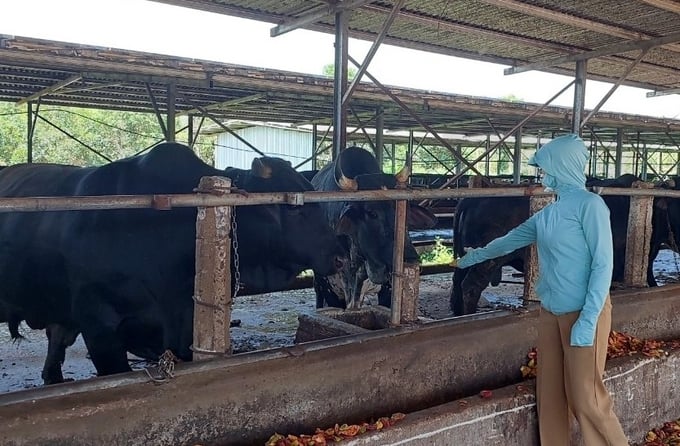
Agricultural officials from Dak Djrang commune inspecting a beef cattle herd at a local farm. Photo: Dang Lam.
Le Van Vinh, Deputy Director of the Center for Livestock Breed under the Gia Lai province's Department of Agriculture and Rural Development, stated that the significant drop in live-weight beef prices poses as a significant challenge for cattle farmers. As a result, the province's Center for Livestock Breed advises cattle farmers to continue monitoring the market and adjust development plans accordingly, with a focus on disease prevention and control, and utilizing agricultural products as cattle feed. On the other hand, the Center advises local farmers against mass herd reduction to prevent disruptions to the supply chain.
"State management agencies must closely manage import activities, sales prices, and livestock feed to promote stable development for cattle farmers. Furthermore, local governments should establish cooperative groups to facilitate livestock production linkage. We must also encourage businesses to collaborate with farmers and invest in sustainable cattle farming," Mr. Vinh emphasized.
On behalf of the Department of Animal Health (Ministry of Agriculture and Rural Development), General Director of the Sub-Department of Livestock Production and Animal Health Thai Van Dung provided reports on the illegal import of live cattle in several provinces in 2023. Additionally, a number of large-scale cattle farming businesses have increased the import of live cattle and beef products from other countries to support consumption in Vietnam.
"Due to the impact of pig diseases in recent years, many farmers have switched to cattle farming, leading to an increase in the cattle population. However, the local and national demand for beef consumption has decreased, contributing to the overall decline of live-weight beef prices," General Director Dung added.
According to Gia Lai province's Sub-Department of Livestock Production and Animal Health, the total cattle population in the province is estimated at 468,400 heads, representing 94.4% of the provincial plan, and an increase of 1.9% compared to the corresponding period in 2023. The buffalo population is estimated at 14,330 heads, representing 98.86% of the provincial plan, and an increase of 3.99% compared to the corresponding period in 2023. Notably, approximately 21,480 tons of beef and buffalo meat have been supplied to the market since the beginning of the year, representing 35.8% of the provincial plan.
"With the aim of promoting sustainable cattle farming, farmers must invest in suitable facilities, understand the breeding process, select breeding stock with verified origins, and secure feed sources. They should also utilize agricultural by-products as cattle feed. Moreover, utilizing livestock waste for fertilizer production to reduce costs, increase profits, and enhance competitiveness to meet market demand for beef consumption is essential," General Director Dung emphasized.
Translated by Nguyen Hai Long
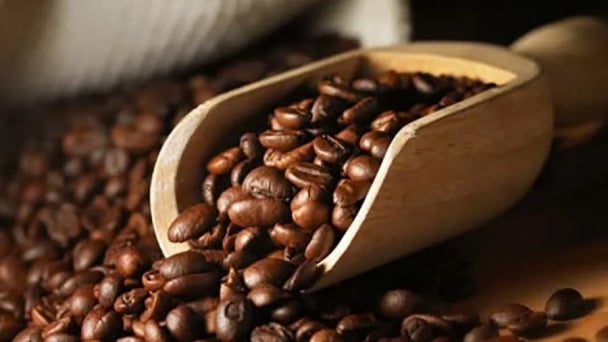
(VAN) Coffee prices on March 18, 2025, continue to record a strong upward trend. Domestic coffee prices range from VND 131,000 - 133,000/kg.

(VAN) Pepper prices on March 18, 2025, recorded mixed fluctuations in the domestic market, with prices ranging from VND 157,000 to VND 160,000/kg.
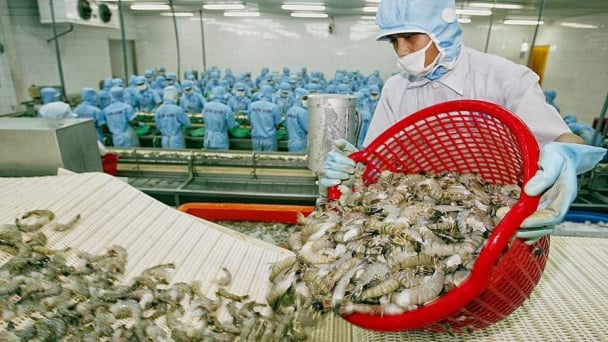
(VAN) Increased demand in emerging markets combined with stable supply in key farming areas will help Vietnam maintain its export performance in the coming time.

(VAN) Kasikorn Research Center forecasts that mango sticky rice prices will remain high in 2025, similar to 2024 levels of approximately 138 baht per serving, despite falling mango prices.
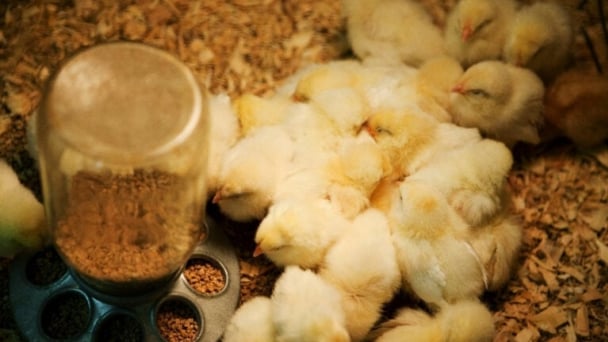
(VAN) In modern poultry production, feed efficiency is king. With feed costs making up approximately 75% of live bird production expenses, even a small improvement in the Feed Conversion Ratio (FCR) can translate into significant savings and profitability.
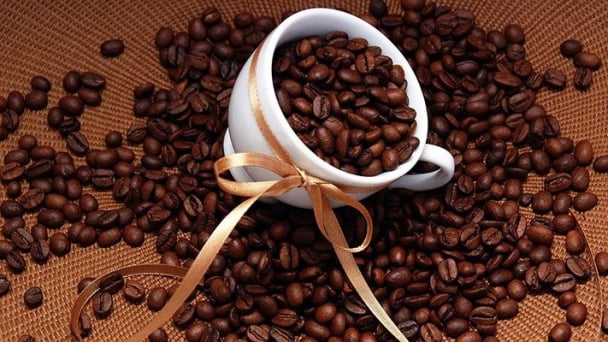
(VAN) Coffee prices on March 15, 2025, fell by more than 2% globally. Domestic coffee prices dropped by VND 1,500, trading around VND 130,000 - 132,000/kg.
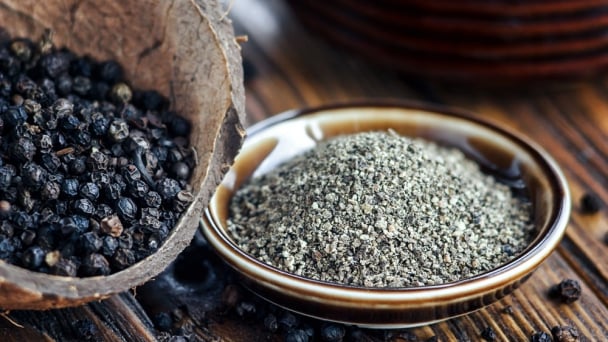
(VAN) Pepper prices on March 15, 2025, is stable globally. Domestic pepper prices increased by only VND 500 in Gia Lai, trading around VND 159,500 - 161,000/kg.